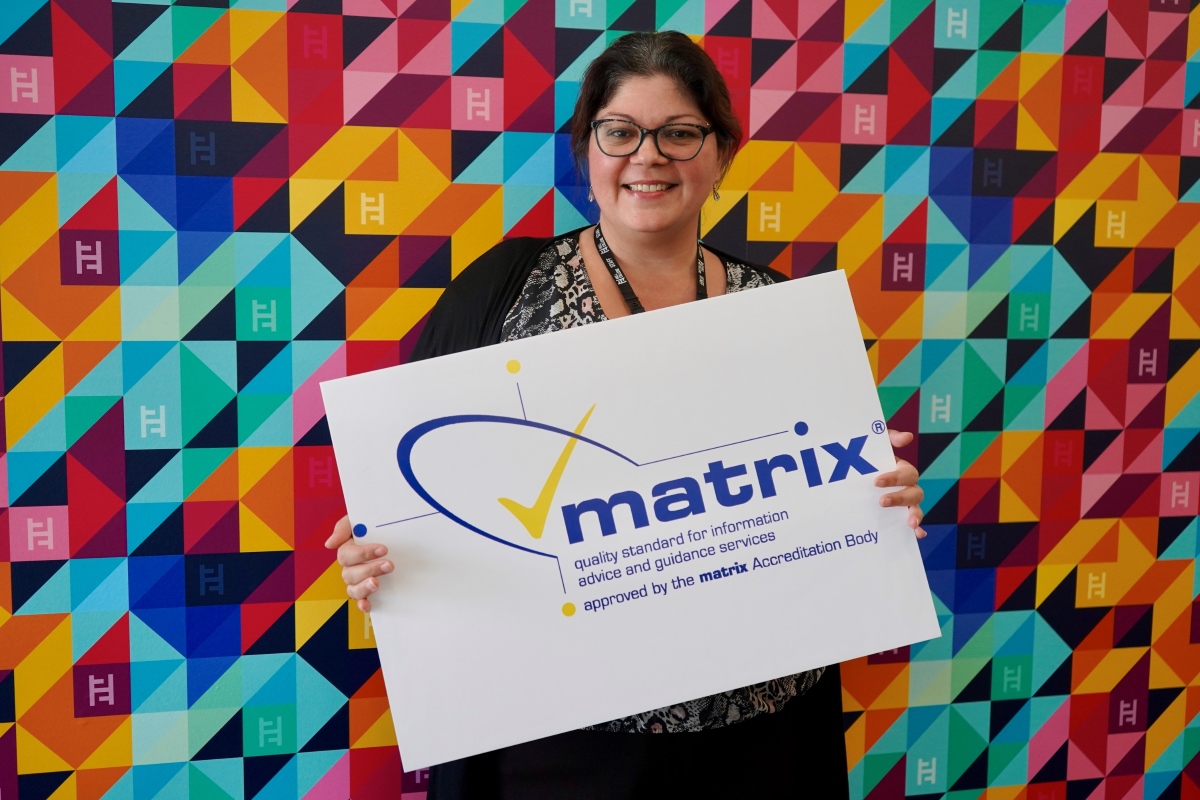Widening Participation in Education statistics 2023: Sector Response

The progression rate to HE by age 19 – pupils in state-funded schools at age 15 has increased from 44.4% to 46.8% in 2021/22 and the progression rate to high tariff HE has increased from 11.4% to 13.4%
Pupils eligible for Free School Meals (FSM) at age 15
- For pupils eligible for FSM at age 15, the HE progression rate by age 19 increased to 29.2% in 2021/22, the highest recorded level. The gap in progression rates between FSM eligible pupils and non-FSM eligible pupils increased to the highest recorded level in the series at 20.2 percentage points – up from 18.7 percentage points last year
- For FSM eligible pupils, the progression rate to high tariff HE by age 19 increased to 5.3% in 2021/22, the highest recorded level. The gap in progression rates to high tariff HE between FSM eligible pupils and non-FSM eligible pupils increased to the highest recorded level in the series at 9.3 percentage points – up from 8.0 percentage points last year
Local Authority and Region
- Over half of pupils FSM eligible pupils at age 15 in Inner London progressed to HE by age 19 in 2021/22, compared to 29.2% nationally and fewer than a fifth in the South West
- HE Progression rates by age 19 were above 50% for FSM eligible pupils at age 15 in 15 Local Authorities in London (both Inner and Outer) in 2021/22, but below 20% in over a quarter of Local Authorities (all outside London)
- In London, 11.9% of FSM eligible pupils at age 15 progressed to high tariff HE by age 19 in 2021/22 – a rate around four times higher than for the East Midlands (3.0%)
- In 20 Local Authorities in London the progression rate to high tariff HE for FSM eligible pupils at age 15 was above 10%, compared to 5.3% nationally. Fewer than 1% of FSM eligible pupils progressed to high tariff HE in six Local Authorities
Disadvantage
- Pupils are defined as disadvantaged if they were eligible for Free School Meals at age 15 or at any point in the previous six years
- The progression rate by age 19 for disadvantaged pupils was 32.5% in 2021/22, compared with 51.7% for non-disadvantaged pupils
Ethnic Group
- Progression rates vary considerably by ethnic group. White pupils were the least likely to progress to HE by age 19 at 41.8%, compared to 51.5% for Mixed, 63.5% for Black, 67.8% for Asian and 83.8% for Chinese pupils. Progression rates have increased for all five broad ethnic groups in 2021/22
- Male White British pupils eligible for FSM at age 15 were among the least likely to progress to HE by age 19 at 13.4% in 2021/22, down slightly from 13.6% last year
- Black Caribbean pupils were among the least likely to progress to high tariff HE by age 19 in 2021/22. The progression rate of 6.7% is half the overall national figure (13.4%)
Progression to HE by age 19 – A level students at age 17
A level students – Overall
- The progression rate has increased from 80.6% to 83.1% in 2021/22 and the progression rate to high tariff HE has increased from 29.9% to 34.3%
A level students – School Type
- The progression rate by age 19 for state school A level students has increased from 79.7% to 82.3% in 2021/22 and the gap between independent and state has decreased to 6.4 percentage points from 7.5 percentage points last year
- Independent school A level students were more than twice as likely as state school students to progress to high tariff HE by age 19 at 63.2% in 2021/22 compared to 30.4%. The gap between independent and state has increased to 32.8 percentage points from 31.2 percentage points last year
Sector Response
Steve Haines, Director of Public Affairs at youth charity Impetus said:
“It is great news that record levels of young people are going to university, opening doors to so many opportunities later in life. But young people from disadvantaged backgrounds are much less likely to benefit from higher education. In fact, they are 20 years behind in terms their better off peers. Given the value of a degree, it’s vital we ensure these opportunities are available to all young people who stand to benefit from them.”
Shruti Khandekar, Senior Researcher at the Education Policy Institute, said:
“Along with the A level attainment gap widening for disadvantaged students, 2021-22 was an unusually competitive year for university admissions, with particularly low offer rates. Together, these factors likely led to the increase in the progression rate gap between disadvantaged and better off students, and exacerbated a trend that has persisted since 2013. To reduce inequalities in higher education access, the government must redouble its efforts to close the attainment gap alongside addressing key financial burdens that disproportionately impact disadvantaged students.”











Responses